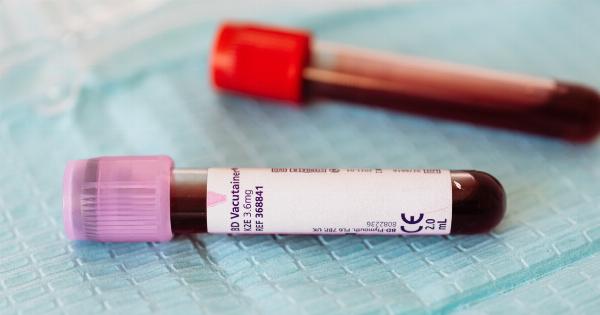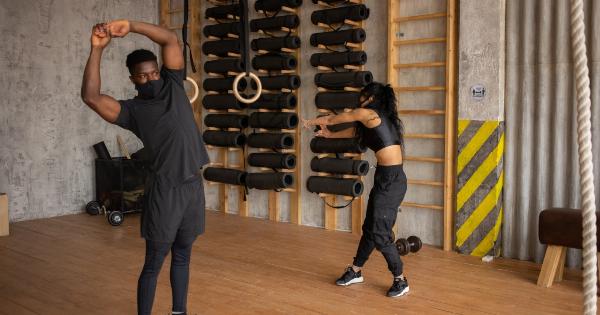Varicose veins, commonly seen as twisted and bulging veins on the legs, are a common circulatory problem. They occur when the valves in the veins become damaged or weak, leading to the pooling of blood and subsequent enlargement of the veins.
If left unmanaged, varicose veins can give rise to various complications, one of which is venous thrombosis. In this article, we will delve into the complications that can arise from unmanaged varicose veins, with a focus on venous thrombosis.
Understanding Varicose Veins
Before we discuss the complications, it is important to have a clear understanding of varicose veins themselves. Varicosities can develop in any superficial vein, but they most commonly affect the legs and feet.
The primary cause of varicose veins is a malfunctioning of the one-way valves within the veins, which normally prevent the backward flow of blood. When these valves fail to function properly, blood pools in the veins, causing them to stretch and become enlarged.
Risk Factors for Varicose Veins
Several factors increase the risk of developing varicose veins. These include:.
- Family history of varicose veins
- Age (risk increases with age)
- Gender (women are more susceptible)
- Obesity or excess weight
- Sedentary lifestyle
- Pregnancy
- Prolonged standing or sitting
Complications of Unmanaged Varicose Veins
While varicose veins may initially be considered a cosmetic issue, they can progress and lead to various complications when left unmanaged:.
Venous Thrombosis: A Serious Complication
Venous thrombosis, also known as deep vein thrombosis (DVT), is one of the most serious complications associated with varicose veins. DVT occurs when a blood clot forms within a deep vein, typically in the legs.
In the case of unmanaged varicose veins, the stagnant blood within the dilated veins increases the risk of clot formation.
Symptoms and Diagnosis
The symptoms of DVT can vary, but common signs include:.
- Pain and swelling in the affected leg
- Warmth and redness over the vein
- Vein tenderness
- Leg fatigue or heaviness
Diagnosis of DVT involves a combination of physical examination, medical history review, and diagnostic tests such as ultrasound or venography.
Treatment and Prevention of Venous Thrombosis
Treating and preventing venous thrombosis involves several approaches:.
- Anticoagulant Medications: Blood-thinning medications, such as heparin or warfarin, are often prescribed to prevent the progression of existing blood clots and reduce the risk of future ones.
- Compression Therapy: Wearing compression stockings is effective in improving blood flow, reducing swelling, and preventing clot formation.
- Physical Activity: Regular exercise, such as walking or swimming, helps improve circulation and reduces the risk of blood clots.
- Elevating the Legs: Keeping the legs elevated above heart level can help reduce swelling and improve blood flow.
- Lifestyle Changes: Maintaining a healthy weight, avoiding prolonged sitting or standing, and wearing loose-fitting clothing can contribute to preventing venous thrombosis.
Conclusion
Unmanaged varicose veins can lead to various complications, with venous thrombosis being one of the most serious. Recognizing the risks and taking appropriate measures to manage varicose veins is crucial in preventing complications.
Regular exercise, healthy lifestyle choices, and seeking medical advice when necessary can significantly reduce the risk of venous thrombosis and improve overall vascular health.































